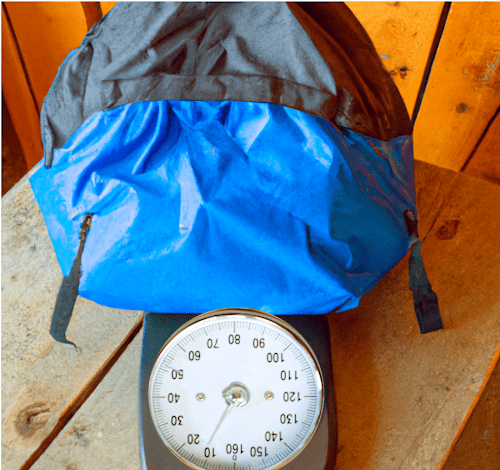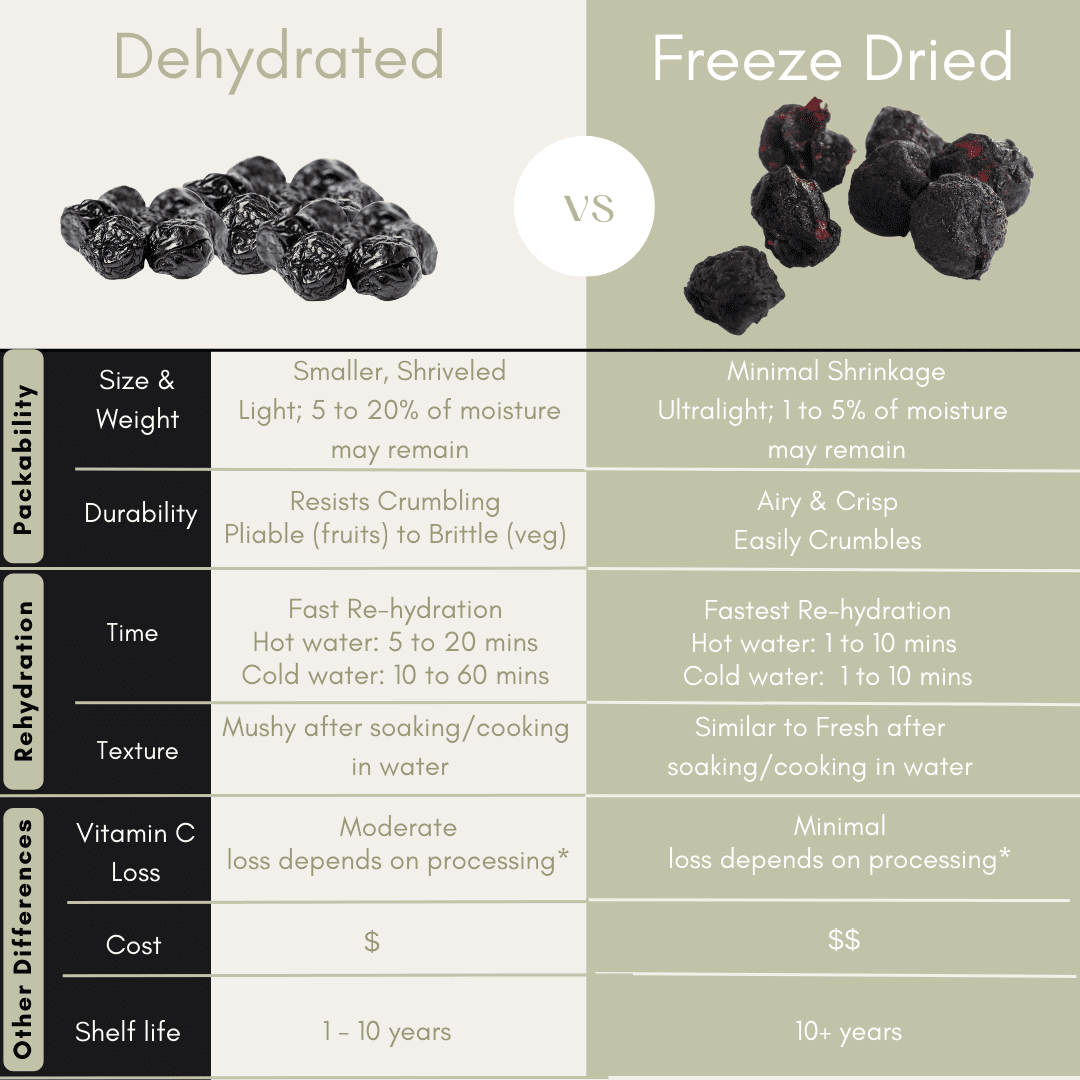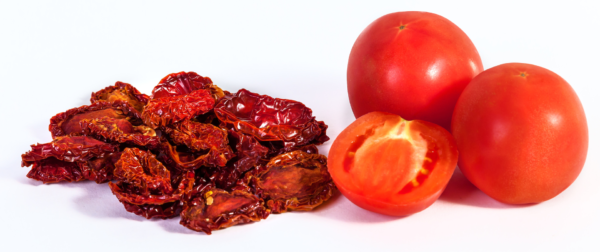
Backpackers who need to minimize weight and space will carry dried food. Most of a food’s weight and volume is due to its water content, and freeze-drying and dehydrating are methods to remove the water, resulting in lighter and packable food. When food is sufficiently dried, it can be stored without refrigeration since the microorganisms that cause mold, spoilage, and bacteria cannot grow without moisture. While the two food preservation methods reduce the volume and weight of food by evaporating water, there are also significant differences when deciding which type of food to bring on your next adventure. Here, we look to see if there is a benefit of one over the other by looking at what is most important to backpackers — packing durability and rehydration time.

Freeze-dried and dehydrated food have differences, and the best choice depends on your needs and budget.
Dehydrated Food
Dehydrating removes water from food through heated air drying passed through a fan. Dehydrators are inexpensive and easy to operate, making dehydrated food economical. Since drying the food can be as simple as using the sun, oven, or dehydrator at home, it’s more budget-friendly.
You can recognize dehydrated food by appearance and taste. Dehydrated foods shrink when drying and appear shriveled. When you bite into a dehydrated food, it’ll range from chewy (fruits, i.e., a grape to a raisin) to brittle (vegetables and grains). Depending on the food and water content, the dehydration process can take 8 to 18 hours to dry food. There will be some nutritional Vitamin A & C loss due to the heat and open aeration during the drying cycle. However, pre-treatment, such as citric acid, lower heat, and shorter dry times can minimize vitamin losses.
In addition to preservation, dehydration is a flavoring process that includes curing and smoking. Some additives such as sugar, salt, nitrates, and nitrites are used in smoking or curing.
Dehydrated food leaves some moisture in the food, resulting in a shorter shelf life than freeze drying. Proper storage is critical to prevent spoilage. Remember that when you dry foods at home, keep them sealed from light, humidity, and moisture to avoid oxidation and protect their nutritional value. See more about barrier-proof storage.

Freeze-Dried Food
Freeze-drying is a process that involves rapidly freezing food and then evaporating the ice crystals without the ice melting into water (sublimation). This method leaves behind a lightweight, shelf-stable food product that retains most of its original flavor, size, and nutritional value. The nutritional loss is minimal because it applies very low heat and is a closed system. The ability to preserve without heat makes freeze-drying the most sought after feature in other industries, such as the medical industry. Delicate, non-food substances such as pharmaceuticals, bacteria, and other biological materials.
You can recognize freeze-dried food by appearance and taste. The food is airy and porous, similar to the texture of crispy rice cereal. Due to the light and crisp texture, it is more fragile and can easily crumble. Depending on the food and water content, freeze-drying can take 18 to 36 hours to dry food. It costs more to produce a freeze-dried product because the equipment is expensive and requires more electricity than a dehydrator.
Like dehydrated food, freeze-dried food must be stored and kept cool in airtight containers to protect it from deterioration.
Freeze-Dried or Dehydrated: Which One to Choose for Backpacking
- Economical: If you’re on a budget or want a low-cost and easy method for making your own trail food, choose dehydrated.
- Prep Time: If you want cold-prep foods that don’t require boiling water or need the fastest rehydration, choose freeze-dried. Freeze-dried food is faster to rehydrate making it more suitable for cold-soaking or those that don’t want to use a backpacking stove. Dehydrated food often requires longer cooking or soaking which may be a drawback if time and fuel are limited.
- Nutrients & Storage: If you prioritize retaining the highest level of nutrients, choose freeze-dried. Storage life is less of a concern for backpackers and travelers since the food gets consumed within a year of purchase.
Despite the higher cost, many backpackers prefer freeze-dried food because it’s ready to eat within minutes since the porous texture rapidly absorbs water during rehydration. Either way, both methods reduce the volume and weight of the product so they can be packed and transported. Knowing the differences may help you decide which one is right to pack for your next adventure.
At Outdoor Herbivore, we combine low-temperature dehydration with freeze-drying. Certain vegetables, fruits, and grains are freeze-dried to retain the most nutrients and produce faster rehydration times for the trail. Our cold-prep and hot-prep backpacking meals are fully hydrated in water within 10 minutes.